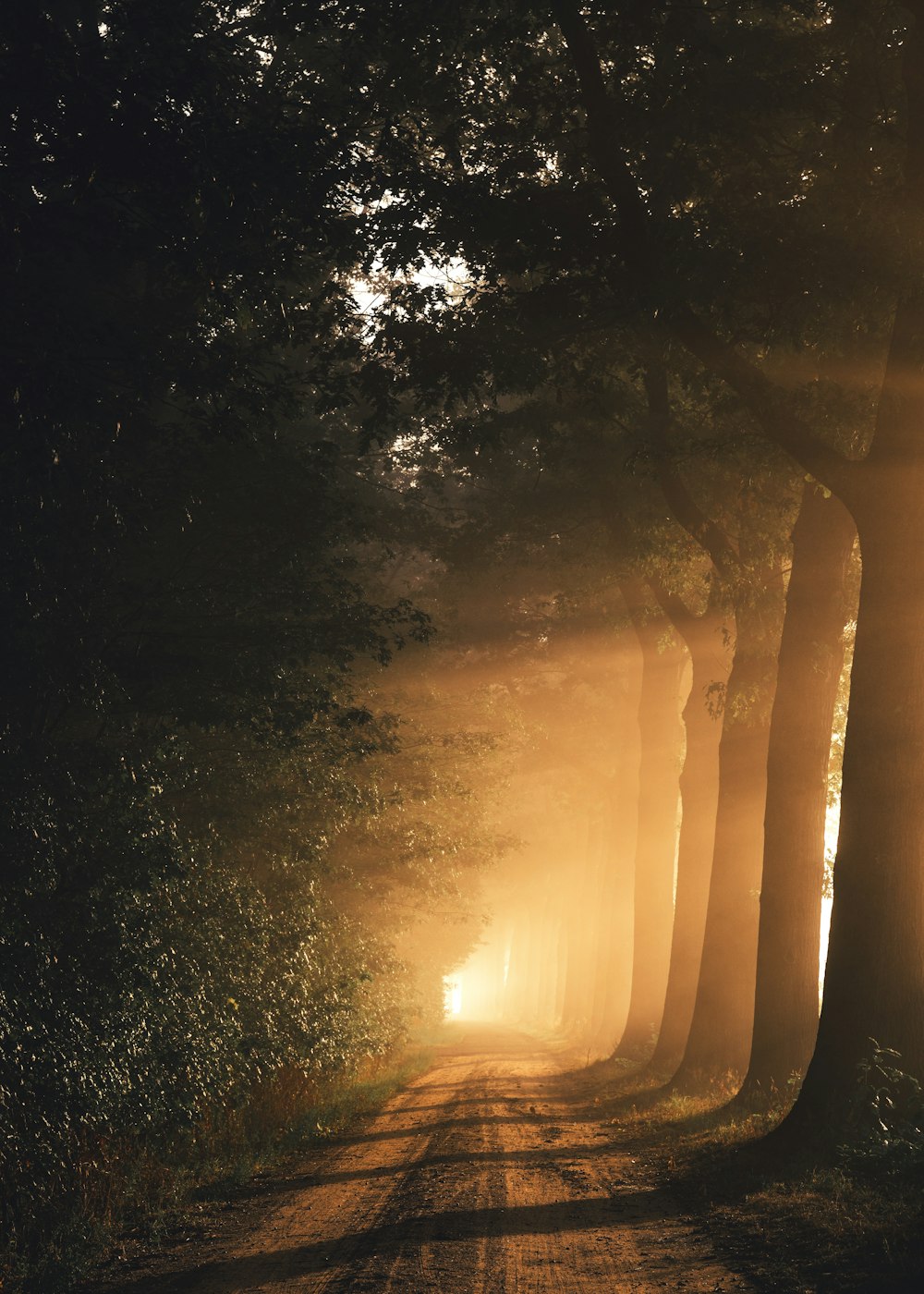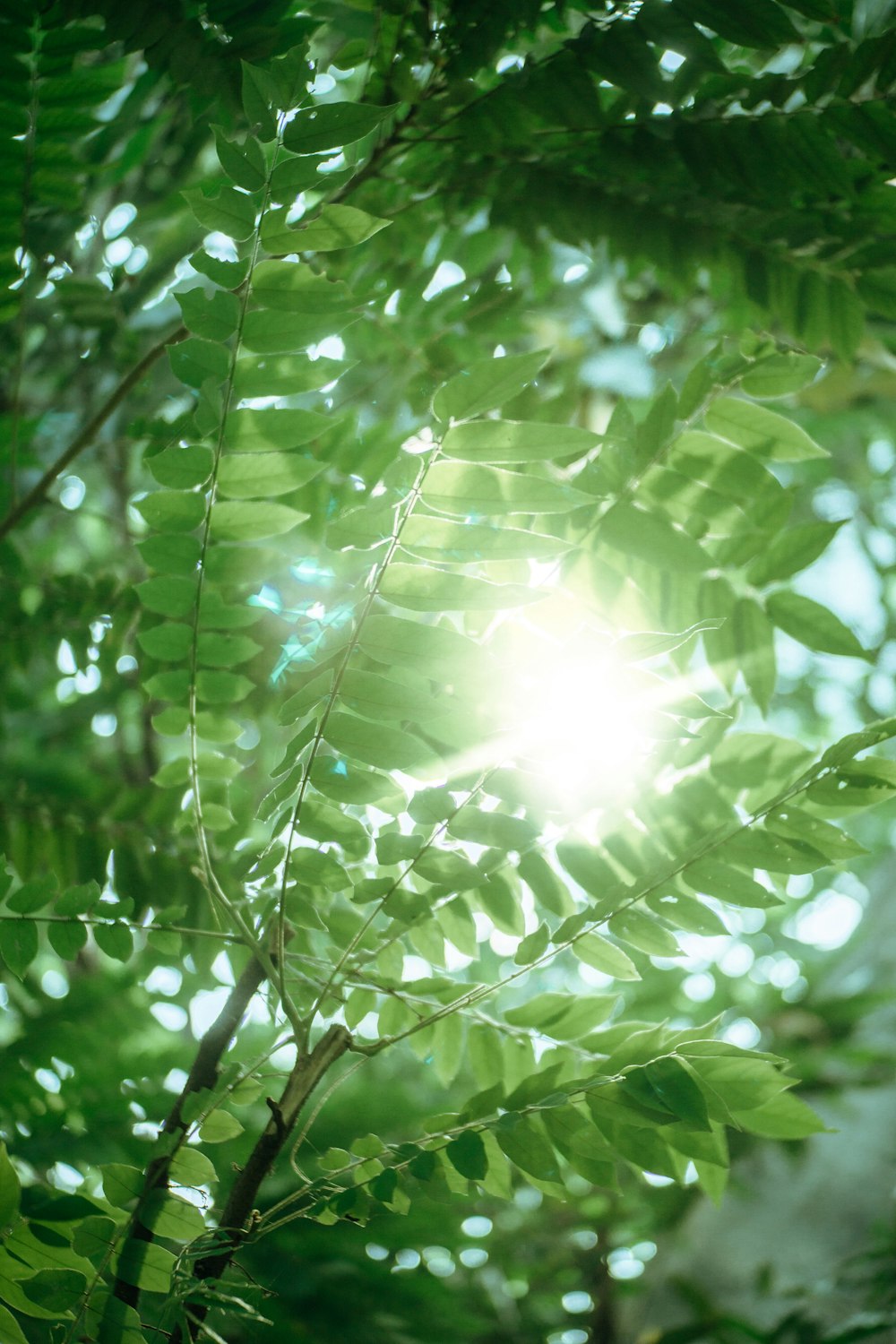Cùng với Note / Table / Flow-chart / Diagram Completion, Summary Completion thì Sentence Completion cũng là một dạng câu hỏi được yêu cầu hoàn thành các chỗ trống bằng từ trong bài đọc. Hãy cùng LANGGO tìm hiều một ví dụ thực tế của dạng bài này nhé!
The effects of light on plant and animal species
Light is important to organisms for two different reasons. Firstly it is used as a cue for the timing of daily and seasonal rhythms in both plants and animals, and secondly, it is used to assist growth in plants
Breeding in most organisms occurs during a part of the year only, and so a reliable cue is needed to trigger breeding behaviour. Day length is an excellent cue, because it provides a perfectly predictable pattern of change within the year. In the temperate zone in spring, temperatures fluctuate greatly from day to day, but day length increases steadily by a predictable amount. The seasonal impact of day length on physiological responses is called photoperiodism, and the amount of experimental evidence for this phenomenon is considerable. For example, some species of birds’ breeding can be included even in midwinter simply by increasing day length artificially (Wolfson 1964). Other examples of photoperiodism occur in plants. A short-day plant flowers when the day is less than a certain critical length. A long-say plant flowers after a certain critical day length is exceeded. In both cases, the critical day length differs from species to species. Plants which flower after a period of vegetative growth, regardless of photoperiod, are known as day-neutral plants
Breeding seasons in animals such as birds have evolved to occupy the part of the year in which offspring have the greatest chances of survival. Before the breeding season begins, food reserves must be built up to support the energy cost of reproduction, and to provide for young birds both when they are in the nest and after fledging. Thus many temperate-zone birds use the increasing day lengths in spring as a cue to begin the nesting cycle, because this is a point when adequate food resources will be assured
The adaptive significance of photoperiodism in plants is also clear. Short-say plants that flower in spring in the temperate zone are adapted to maximising seedling growth during the growing season. Long-day plants are adapted for situations that require fertilization by insects, or a long period of seed ripening. Short-day plants that flower in the autumn in the temperate zone are able to build up food reserves over the growing season and overwinter as seeds. Day-neutral plants have an evolutionary advantage when the connection between the favourable period for reproduction and day length is much less certain. For example, desert annuals germinate, flower and seed whenever suitable rainfall occurs, regardless of the day length
The breeding season of some plants can be delayed to extraordinary lengths. Bamboos are perennial grasses that remain in a vegetative state for many years and then suddenly flower, fruit and die (Evans 1976). Every bamboo of the species Chusquea abietifolia on the island of Jamaica flowered, set seed and died during 1884. The next generation of bamboo flowered and died between 1916 and 1918, which suggests a vegetative cycle of about 31 years. The climatic trigger for this flowering cycle is not yet known, but the adaptive significance is clear. The simultaneous production of masses of bamboo seeds (in some cases lying 12 to 15 centimetres deep on the ground) is more than all the seed-eating animals can cope with at the time, so that some seeds escape being eaten and grow-up to form the next generation(Evans 1976)
The second reason lights is important to organisms is that it is essential for photosynthesis. This is the process by which plants use energy from the sun to convert carbon from soil or water into organic material for growth. The rate of photosynthesis in a plant can be measured by calculating the rate of its uptake of carbon. There is a wide range of photosynthetic responses of plants to variations in light intensity. Some plants reach maximal photosynthesis at one-quarter full sunlight, and others, like sugarcane, never reach a maximum, but continue to increase photosynthesis rate as light intensity rises
Plants in general can be divided into two groups: shade-tolerant species and shade-intolerant species. This classification is commonly used in forestry and horticulture. Shade-tolerant plants have lower photosynthetic rates and hence have lower growth rates than those of shade-intolerant species. Plant species become adapted to living in a certain kind of habitat, and in the process evolve a series of characteristics that prevent them from occupying other habitats. Grime (1966) suggests that light may be one of the major components directing these adaptations. For example, eastern hemlock seedling are shade-tolerant. They can survive in the forest understorey under very low light levels because they have a low photosynthetic rate
Question 1-7
Complete the sentences
Choose NO MORE THAN THREE WORDS from the passage for each answer
Write your answers in boxes 1-7 on your answer sheet
1 Day length is a useful cue for breeding in areas where………………………………………….are unpredictable
2 Plants which do not respond to light levels are referred to as…………………………………………….
3 Birds in temperate climates associate longer days with nesting and the availability of ………………………………………………
4 Plants that flower when days are long often depend on …………………………………… to help them reproduce
5 Desert annuals respond to ………………………………………… as a signal for reproduction
6 There is no limit to the photosynthetic rate in plants such as……………………………………………..
7 Tolerance to shade is one criterion for the…………………………………..of plants in forestry and horticulture
Nguồn: Cambridge ielts 5
ĐÁP ÁN
1 temperatures
2 daily-neutral / day-neutral plants
3 food / food resources / adequate food / adequte food resources
4 insects / fertilization by insects
5 rainfall / suitable rainfall
6 sugarcane
7 classification
GIẢI THÍCH
1 Bạn có thể thấy đáp án trong câu ‘’ Day length is an excellent cue, because it provides a perfectly predictable pattern of change within the year. In the temperate zone in spring, temperatures fluctuate greatly from day to day, but day length increases steadily by a predictable amount’’ – Ở vùng ôn đới vào mùa xuân, nhiệt độ có thể dao động giữa các ngày, nhưng độ dài ngày lại tăng ổn định trong mức dự đoán
2 Bạn có thể thấy đáp án trong câu ‘’ Plants which flower after a period of vegetative growth, regardless of photoperiod, are known as day-neutral plants’’
3 Bạn có thể thấy đáp án trong câu: ‘’ Thus many temperate-zone birds use the increasing day lengths in spring as a cue to begin the nesting cycle, because this is a point when adequate food resources will be assured’’
4 Bạn có thể thấy đáp án trong câu ‘’ Long-day plants are adapted for situations that require fertilization by insects’’
5 Bạn có thể thấy đáp án trong câu ‘’ For example, desert annuals germinate, flower and seed whenever suitable rainfall occurs, regardless of the day length’’
6 Bạn có thể thấy đáp án trong câu ‘’ Some plants reach maximal photosynthesis at one-quarter full sunlight, and others, like sugarcane’’
7 Bạn có thể thấy đáp án trong câu ‘’ This classification is commonly used in forestry and horticulture’’










